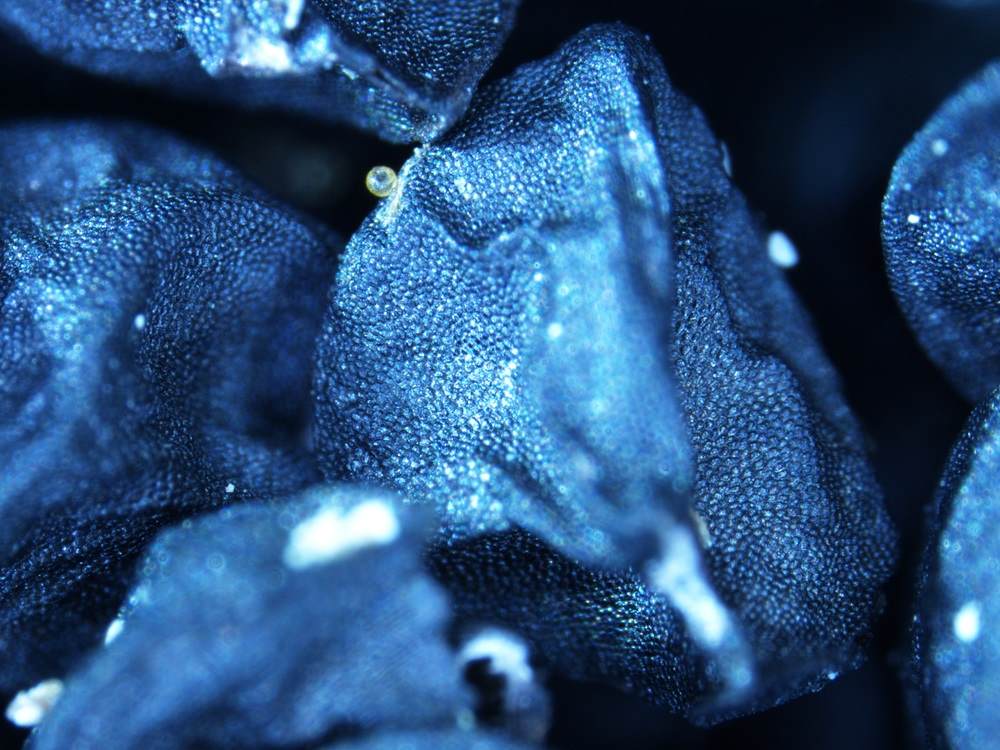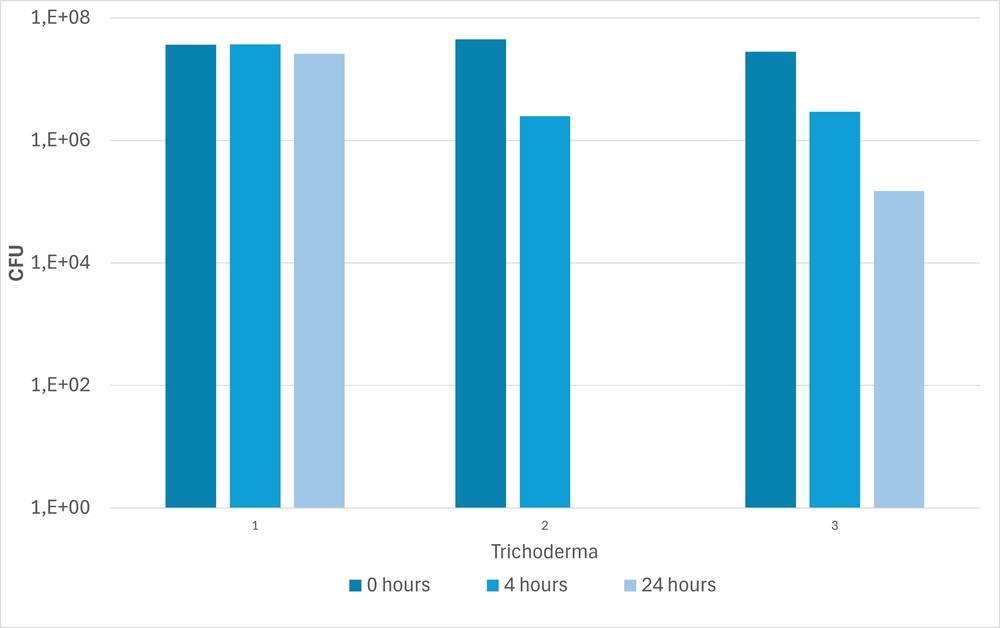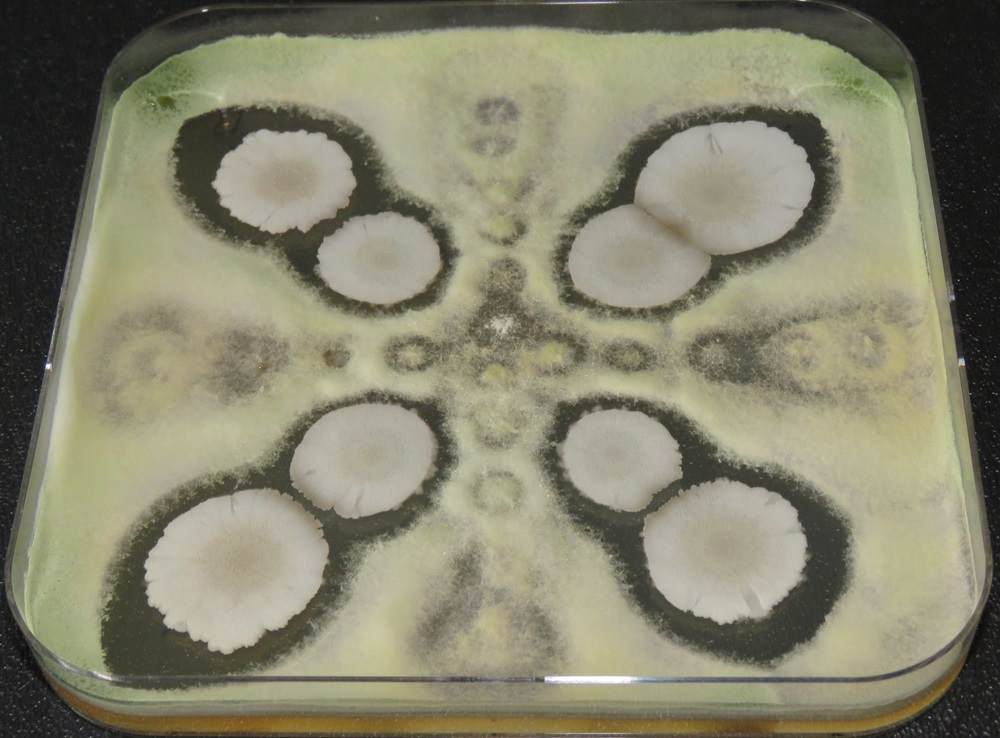Enkhuizen, The Netherlands
August 8, 2024
The variety in seed properties has over the years led to the development of several different coating methods. All these seed coating methods can be used to apply compounds, like microbes, nutrients, or plant protection products onto seed.
because of the large diversity in microbes, all these seed coating methods come with their own set of challenges when combined with microbes.
Film coating: is a complex formulation used to reduce dust emission from treated seeds and provides a smooth seed surface. With a film layer of only a few micrometres thick it will not change the shape of the seed.
Pelleting: a shell surrounding the seed that increases both the size and the weight of the seed, making it a smooth and uniform shape; typically, a sphere or an ovoid.
Encrusting: like a pellet, but with a thinner shell, resulting in the encrusted seed retaining more of its original shape.
Microbes are alive which makes them vulnerable to the environment. They have developed all kinds of survival mechanisms. No microbe will react the same way.
There is no one microbe
Microbes refers to a wide range of microorganisms, in this case we look at bacteria and fungi specifically. There are countless different bacteria and fungi, different in family, different in survival structure, different in size and different in many more aspects. All characteristics need to be considered when developing a compatible seed coating. Let's dive a bit deeper into some of the important considerations.
Size matters
When looking at some of the well-known microbes in the industry, a clear size difference can be observed; Bacillus spp. 1-2 µm, Trichoderma spp. 2-5 µm, Mycorrhizal fungi 50-500 µm. A film coat layer on a seed is only a few µm thick, which means that a Mycorrhiza spore will stick out of the layer and will not remain adhered to the seed. For a microbe with a bigger spore size, an encrustment or a pellet is advised, to fully incorporate the spore into a shell.

A fighting change
When microbes are applied to seed, they can face many compatibility challenges. Not only with the coating materials but also with the other compounds applied to the seed, for instance when a fungicide is combined with a fungus.
As mentioned above a film coat is a complex formulation which can contain 15 different compounds. All these components can have an impact on the viability of the microbe. Sometimes the individual compounds are compatible but when combined a threshold is reached and the blend is no longer compatible. To make it even more complex: Experience has taught us that microbes within the same genus and even the same species can respond differently to compounds and formulations. For instance, we tested one film coat with three different Trichoderma strains (shown in the graph below). The first Trichoderma remained stable in viability for 24 hours. The third Trichoderma decreased significantly within 24 hours and the second Trichoderma was even below the detection limit after 24 hours.

Other compounds that can be applied to seed together with microbes are nutrients, biostimulants and chemical plant protection products, like fungicides and insecticides. Application of a fungus together with a chemical fungicide could lead to some compatibility challenges, which can be solved by using an encrustment or a pellet. Since this involves a thick coating layer, the different compounds can be physically separated.
Microbe – microbe interactions
Combining microbes with different beneficial effects can provide a broader protection and support to plants. But not all beneficial microbes can be combined without consequence. In the photo a Bacillus and a Trichoderma are grown on the same agar plate. The inhibition zones between the Bacillus and the Trichoderma indicate that one or both microbes excrete compounds to keep the other microbe at a distance. There are also plenty of combinations of Bacillus and Trichoderma that are very well compatible, but this shows - never assume anything. Test it first.

Conclusion: tailor made solution are required
When applying microbes to seed there is a clear need for tailor made solutions, because no microbe will react the same. Per crop-microbe combination the best application method should be selected.